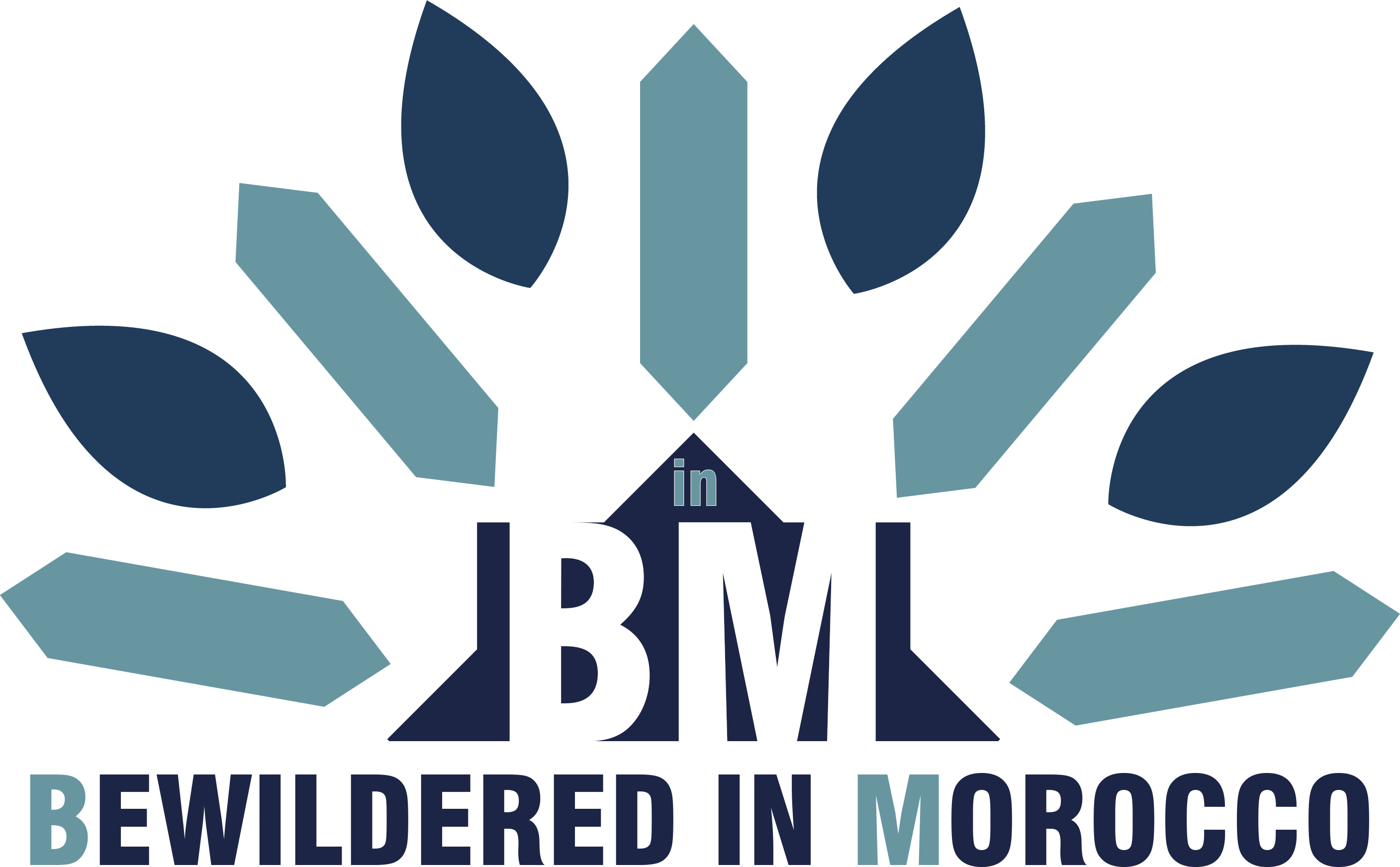From the heart of Morocco’s Middle Atlas Mountains comes Ahidous, a mesmerizing collective dance that has been captivating audiences for over 33 centuries. This traditional Amazigh performance art beautifully combines music, poetry, and choreographed movement in a way that perfectly captures the spirit of mountain life.
Understanding Ahidous: More Than Just a Dance
Ahidous (also known as “Ahidas” or “Ihidas”) is a cornerstone of Amazigh cultural expression. What sets Ahidous apart is its unique ability to bring entire communities together in a display of synchronized artistry. Found primarily in Morocco’s Middle Atlas regions including Ifrane, Azrou, Khenifra, El Hajeb, Imouzzer Kandar, and Sefrou, this traditional dance form has become synonymous with Amazigh cultural identity.
The Rich Components of Ahidous
Musical Elements
The musical foundation of Ahidous centers around:
- The bendir (traditional drum) providing the primary rhythm
- Hand clapping that complements the drum beats
- Collective singing that creates a mesmerizing atmosphere
- Call-and-response patterns between male and female performers
Choreographic Structure
The dance formation in Ahidous is highly structured:
- Performers arrange themselves in circles or straight lines
- Shoulder movements are synchronized to create wave-like effects
- The “Rais” (conductor) guides the performance through drum signals
- Transitions between sequences are precisely timed and coordinated
Traditional Costume Elements
The visual appeal of Ahidous is enhanced by traditional attire:
- Women wear vibrant kaftans representing joy and celebration
- Men don white djellabas with matching turbans
- Traditional footwear completes the ensemble
- Silver daggers are sometimes included as accessories
The Poetry of Ahidous
One of the most distinctive features of Ahidous is its poetic element:
- Each performance begins with “Izli” – special verses recited by poetry specialists
- Verses reflect daily life in the Atlas Mountains
- Themes range from local concerns to national and international events
- Poetry serves as both entertainment and social commentary
Cultural Significance and Modern Relevance
Ahidous plays a vital role in Amazigh society:
- Essential component of wedding celebrations
- Featured at agricultural festivals
- Used in conflict resolution between communities
- Preserves historical narratives through oral tradition
The Role of the Maestro
The “Rais” or maestro is crucial to any Ahidous performance:
- Directs the rhythm and flow of the dance
- Controls tempo changes through bendir signals
- Ensures synchronization between all performers
- Maintains the traditional integrity of the performance
Preserving Ahidous for Future Generations
While modernization threatens many traditional art forms, Ahidous continues to thrive:
- Young people actively participate in learning the tradition
- Cultural festivals showcase Ahidous performances
- Local communities work to document and preserve the art form
- Modern interpretations help keep the tradition relevant
A Living Testament to Amazigh Culture
Ahidous remains more than just a performance – it’s a living archive of Amazigh heritage:
- Reflects the deep connection to the Atlas Mountains
- Demonstrates the importance of community cooperation
- Preserves ancient poetic and musical traditions
- Continues to evolve while maintaining its core identity
Have you experienced an Ahidous performance in Morocco’s Atlas Mountains? Share your thoughts about this remarkable tradition in the comments below!
